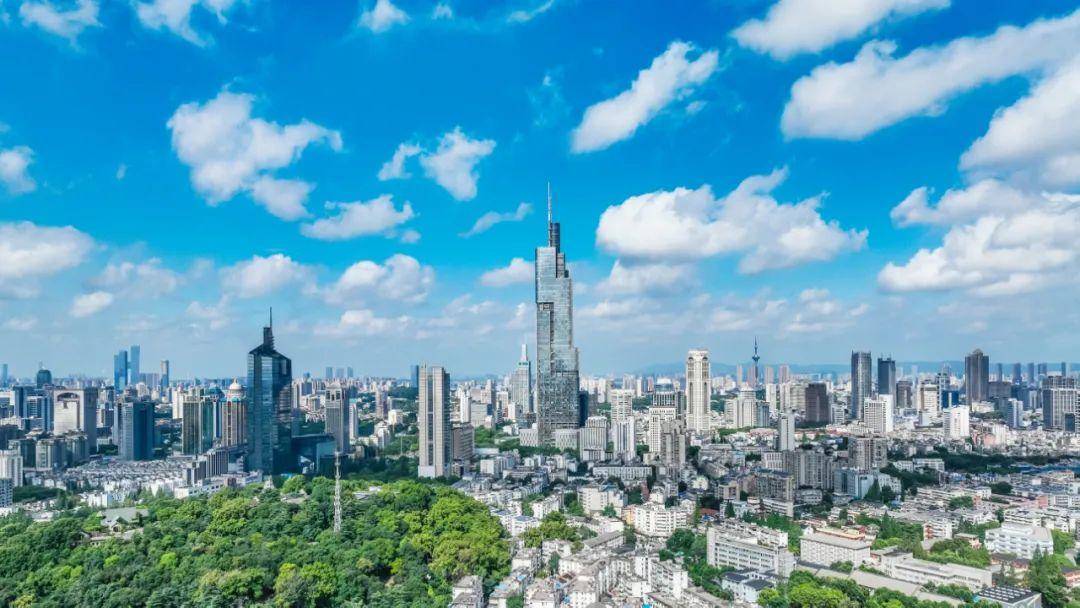Nestled in the heart of Guangxi Zhuang Autonomous Region, Nanning—known as the “Green City”—is a vibrant metropolis where tradition meets modernity. From its lush landscapes to its bustling urban centers, here’s your guide to exploring this dynamic city.
1. A City of Growth and Green
Nanning is not just the capital of Guangxi but also a strategic hub connecting China to Southeast Asia. Its development as a modern urban center is evident in projects like the Wuxiang New Area, a sprawling district featuring skyscrapers, cultural landmarks like the Guangxi Sports Center, and eco-friendly infrastructure. The city’s commitment to sustainability shines through its 42.95% green coverage and titles like “National Ecological Garden City”. The Pinglu Canal, part of China’s “14th Five-Year Plan,” will further enhance its role as a logistics gateway to the sea.
For transportation, Nanning boasts a comprehensive network including metros (5 lines covering 128.2 km), high-speed rail links to 18 provinces, and an international airport with direct flights to ASEAN nations.
2. A Glimpse into History
With a history spanning over 1,700 years, Nanning’s roots trace back to the Eastern Jin Dynasty (318 CE). Once a frontier town named Yongzhou in the Tang Dynasty, it earned its current name—“Southern Peace”—during the Yuan Dynasty (1324 CE). The city’s multicultural heritage is reflected in its Zhuang ethnic traditions, showcased at the Guangxi Ethnic Relics Center and annual festivals like the Nanning International Folk Song Arts Festival.
Don’t miss the Ancient Qingxiu Mountain, where pagodas and temples whisper tales of dynasties past, or the Three Streets and Two Alleys, a restored Qing-era district blending history with trendy cafes.
3. Must-Visit Attractions
- Qingxiu Mountain Scenic Area: Hike through tropical forests, visit ancient towers, and enjoy panoramic city views.
- Nanhu Lake Park: A serene oasis with lakeside trails and misty gardens, perfect for relaxation.
- Fangte ASEAN Mythology Park: Experience Southeast Asian cultures through high-tech rides and performances.
- Yongjiang River Night Cruise: Witness the city’s skyline illuminated against the water.
For history buffs, the Guangxi Museum and Nanning Museum offer insights into regional artifacts and revolutionary history.
4. Culinary Delights
Nanning’s food scene is a feast for the senses:
- Old Friend Noodles (Laoyoufen): A tangy, spicy noodle dish with fermented bamboo shoots and pork.
- Night Market Bites: Head to Zhongshan Road or Pingxi Night Market for grilled oysters, sticky rice with pork, and suanye (pickled fruits).
- Sweet Treats: Sip cooling Qingbuliang (herbal jelly) or creamy mung bean soup at local dessert shops.
Don’t forget to try Lemon Duck, a zesty local specialty, or Baise-style roast pork, crispy and aromatic.
5. Why Visit Nanning?
Nanning is more than a gateway to Guangxi’s karst landscapes—it’s a destination where culture, nature, and innovation converge. Whether strolling through flower-lined streets, savoring street food under neon lights, or exploring its ancient-meets-modern skyline, this city promises an unforgettable journey.
Plan your trip during November to catch the China-ASEAN Expo, a grand event highlighting regional cooperation and cultural exchange.
: Historical and urban development insights.
: Cultural festivals and scenic spots.
: Infrastructure and economic growth.
: Tourist attractions and leisure activities.
: Culinary highlights and local flavors.
Explore Nanning—where every corner tells a story. 🌿🍜
